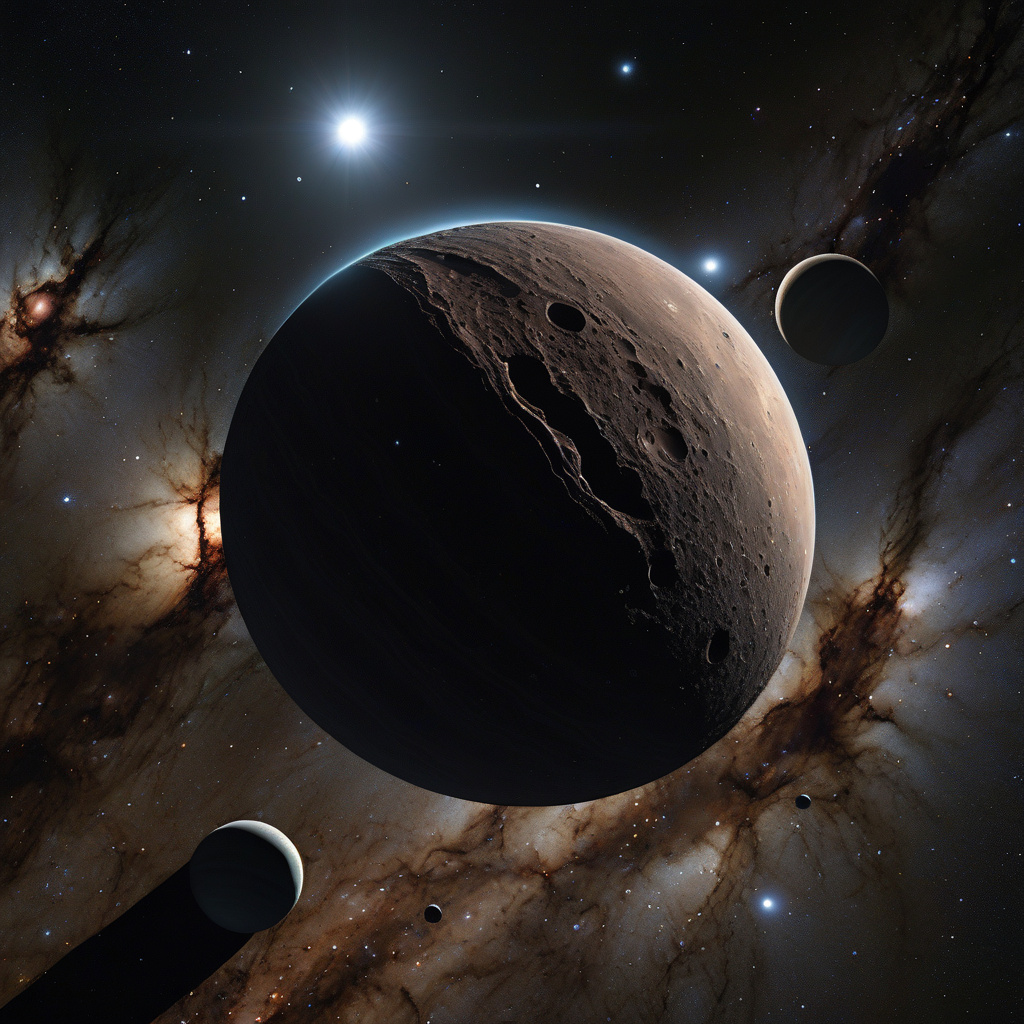A strange object 65 billion miles from sun could be the elusive Planet Nine
Just because Pluto was ruled out as a planet in 2006 doesn’t mean our solar system is done surprising us. Recent discoveries have pointed to the existence of a mysterious object lurking in the outer reaches of our cosmic neighborhood. Located a staggering 65 billion miles away from the sun, this enigmatic entity has piqued the interest of astronomers and space enthusiasts alike, sparking speculation that it could potentially be the long-theorized Planet Nine.
First proposed by astronomers Konstantin Batygin and Mike Brown in 2016, Planet Nine is believed to be a massive planet with a highly elongated orbit, taking anywhere from 10,000 to 20,000 years to complete a single journey around the sun. Its existence has been hypothesized to explain the unusual clustering of objects in the Kuiper Belt, a region beyond Neptune filled with icy bodies and dwarf planets.
The newfound object, provisionally named “2014 FE72,” was discovered using the Subaru telescope in Hawaii as part of the ongoing Outer Solar System Origins Survey (OSSOS). What sets this distant object apart is its unique orbit, which differs significantly from that of any known celestial body. With a closest approach to the sun of about 50 billion miles and a most distant point of 65 billion miles, 2014 FE72 follows a path that aligns with the predictions set forth for the elusive Planet Nine.
While it’s too early to definitively label 2014 FE72 as Planet Nine, its discovery adds another piece to the puzzle and reignites the search for the fabled planet. Astronomers are now leveraging advanced telescopes and computational models to further investigate the object’s properties and confirm whether it indeed fits the criteria of the hypothetical Planet Nine.
The potential discovery of Planet Nine holds significant implications for our understanding of the solar system’s formation and evolution. If confirmed, this distant world could challenge existing theories and shed light on the dynamics that shaped the architecture of our cosmic neighborhood. Moreover, its presence could open up new avenues for exploration and research, offering fresh insights into the mysteries of the outer solar system.
As we await further observations and analysis to unravel the true nature of 2014 FE72, one thing remains certain: the cosmos never ceases to amaze us with its hidden wonders. Whether this object turns out to be the legendary Planet Nine or a new type of celestial body, its presence serves as a reminder of the boundless mysteries that await us beyond the confines of our pale blue dot.
In the grand tapestry of the universe, each discovery, no matter how distant or peculiar, contributes to our quest for knowledge and fuels our curiosity about the cosmos. The enigma of 2014 FE72 and its potential connection to Planet Nine exemplify the relentless spirit of exploration that drives humanity to seek answers to the most profound questions of existence.
As we gaze towards the distant realms of space, let us embrace the unknown with wonder and anticipation, for it is in the mysteries of the universe that we find the greatest revelations. The journey to unraveling the secrets of 2014 FE72 and its possible identity as Planet Nine is a testament to the enduring quest for discovery that defines us as inhabitants of this vast and awe-inspiring cosmos.
planet nine, solar system, astronomy, outer space, exploration












